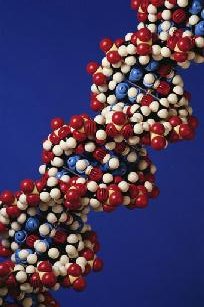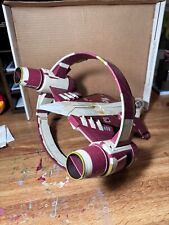
Researchers at the Pittsburgh Development Center of Magee-Womens Research Institute have recently demonstrated that it is virtually impossible to clone humans or other primates using today’s standard cloning techniques and protocols. Not only do these results have far reaching consequences for cloning research, but they also cast doubt on recent statements by groups such as the Raelians who claim to have cloned humans.
Scientists’ primary interest in cloning humans is to obtain embryonic stem (ES) cells, the cells found in the early embryo that can be programmed to become any type of adult cell. The hope is to use ES cells to produce tissues or organs to cure a wide variety of diseases from diabetes to Parkinson’s disease. While attempts to clone mammals such as sheep, pigs, and mice have been moderately successful, only one group has succeeded in making a primate clone, a single rhesus monkey, and this work has never been duplicated.
The most widely used cloning technique is nuclear transfer (NT). In NT, a single cell is taken from the animal to be cloned and fused with an egg cell, or oocyte, that has had its DNA removed. The oocyte, fooled into thinking it has been fertilized, begins to divide. The chromosomes duplicate and line up in the middle of the cell on a network of proteins, called the spindle, that extends from one end of the cell to the other. The cell pinches off while motor proteins on the spindle push the chromosomes to either end of the cell, ensuring that one of each doublet goes to both of the new daughter cells.
In research lead by Calvin Simerly, researchers analyzed fused egg cells from hundreds of failed NT attempts in rhesus monkeys. The oocytes all had one thing in common; they stopped dividing shortly after the first few divisions. Although the cells looked normal on the outside, cellular imaging techniques showed that inside, the mitotic spindles were disarrayed and that the chromosomes on the spindles were misaligned. The daughter cells also contained unequal numbers of chromosomes, some had too many and others had too few.
Closer inspection by the researchers showed that the NT oocytes were missing several proteins essential for proper chromosome distribution to daughter cells. A protein called Nuclear-Mitotic Apparatus (NuMA), needed for spindle pole assembly, was nowhere to be found. As well, two motor proteins, HSET and Eg5, were absent. Thus, the cells were unable to parcel out their chromosomes in the proper manner. Simerly reasoned that the absence of these proteins was due to their close association with the oocyte DNA. When the DNA was removed from the oocytes in preparation for NT, the proteins were also accidentally removed.
To confirm their hypothesis, the team of scientists reinserted the three missing proteins into the fused oocytes and found that cell division proceeded normally. They also did more NT, this time ensuring the spindle and its proteins remained with the oocytes and discovered that these cells were also able to divide and form embryos.
So why have researchers had a much easer time cloning other animals? In some animals, such as cows, the cells get their spindle machinery from other sources, such as the cell that is being cloned. In other animals, the spindle and its proteins are not as closely associated with the oocyte DNA.
However, even with new techniques that ensure transfer of the spindle proteins, it is very likely that primate cloning will remain problematic, as most cloned animals die in the womb or shortly after birth due to unknown complications.
Story: Nicole Kresge


















Comments are closed.